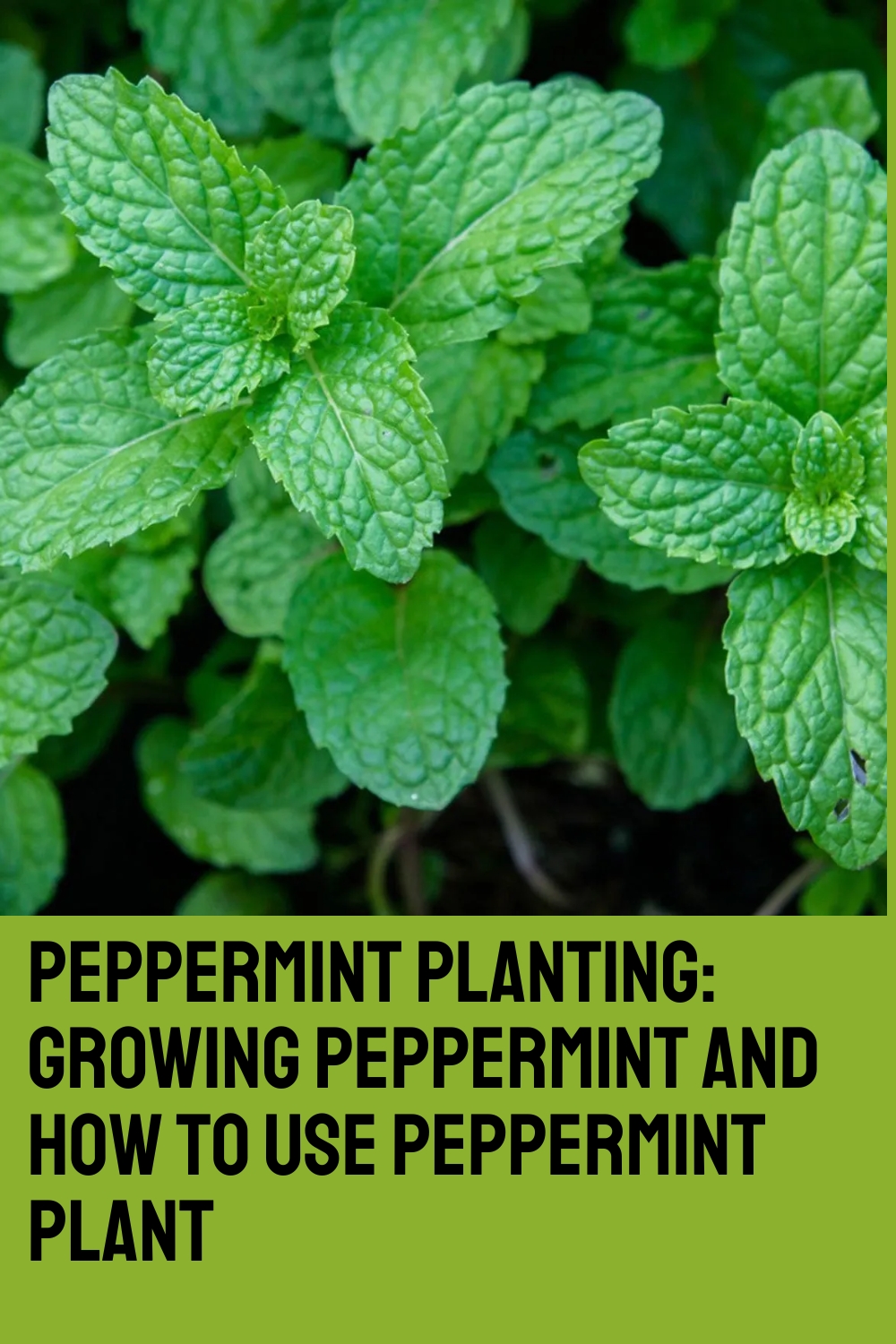Almost everyone has heard of peppermint. It’s the flavoring used in toothpaste and chewing gum, isn’t it? Yes, but planting peppermint in your home garden offers so much more. Learning how to grow peppermint is easy, but before diving into that, let’s learn a little about the plant itself.
The History of Peppermint
Peppermint (Mentha x piperita) was first cultivated in 1750 near London, England, as an experimental hybrid between watermint and spearmint. The fact that peppermint now grows naturally almost everywhere in the world is a testament to its adaptability and its medicinal qualities. Once our ancestors, or more likely foremothers, learned how to use peppermint, they took it everywhere they moved or visited, often leaving some behind with new friends.
Peppermint Planting and Care
Although caring for peppermint involves more than just sticking it in the ground, it’s not complicated. Here’s what you need to know:
- Watering: Peppermint needs lots of water and is often found naturalized by streams and ponds where the soil is rich and the drainage is good. It won’t tolerate dry conditions.
- Sunlight: While partial sun is sufficient, planting peppermint in full sun will increase the potency of its oils and medicinal qualities.
- Containment: Though not as invasive as some of its mint relatives, peppermint tends to spread. Many gardeners prefer growing it in containers. Others grow it in the ground with wood or plastic edging buried around the bed to prevent the spread of roots.
- Rotation: Move peppermint plants to a new location every three or four years to prevent them from becoming weak and spindly.
There are two main cultivated varieties of this aromatic herb: black and white. Black peppermint has deep purple-green leaves and stems with a higher oil content, while white peppermint is light green with a milder flavor. Both are suitable for home growing.
How to Use Peppermint
You can grow peppermint simply for its delightful saw-toothed leaves and delicate flowers or for the spicy fragrance released when the leaves are crushed. However, once you learn to use peppermint for medicinal purposes, you may become an even greater fan. Within the pharmaceutical community, many home remedies and treatments incorporate peppermint’s beneficial properties.

